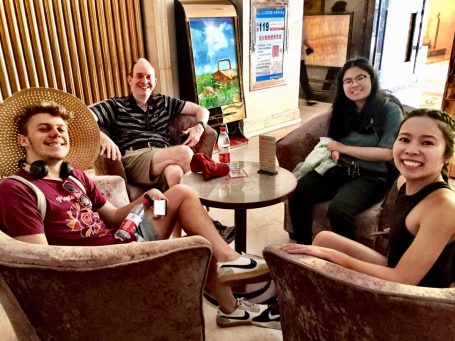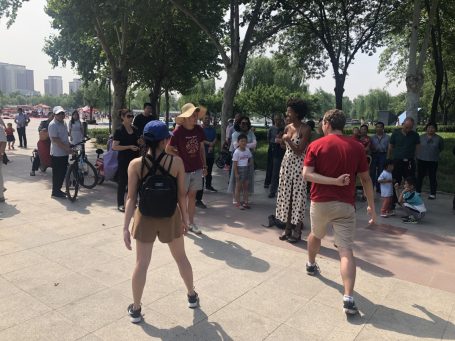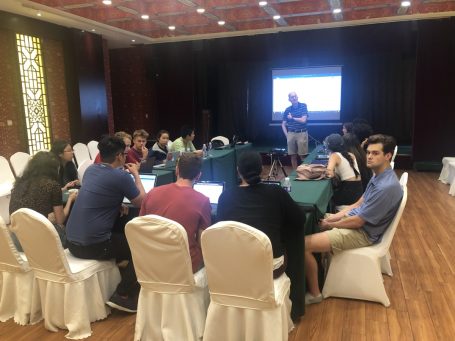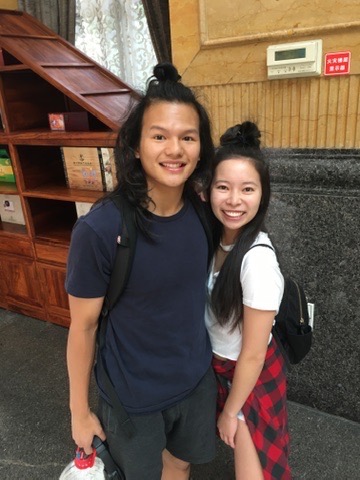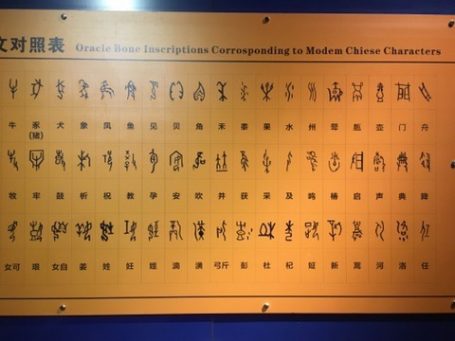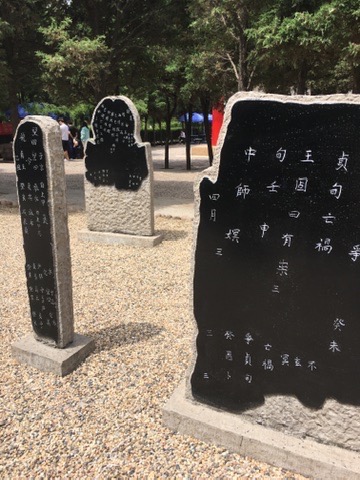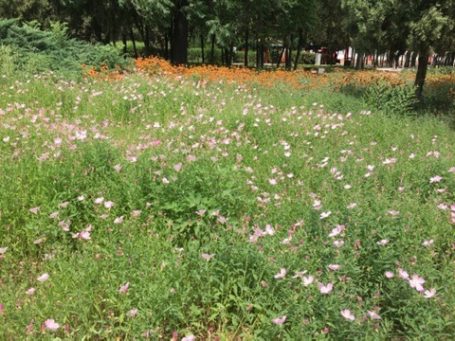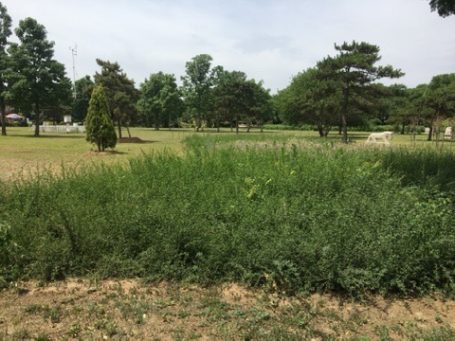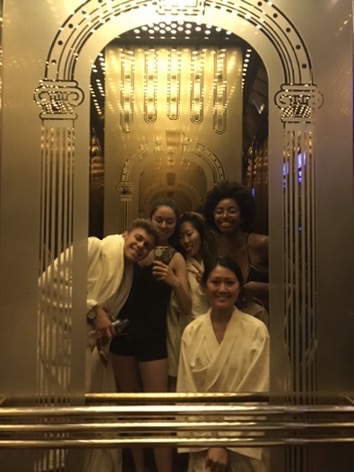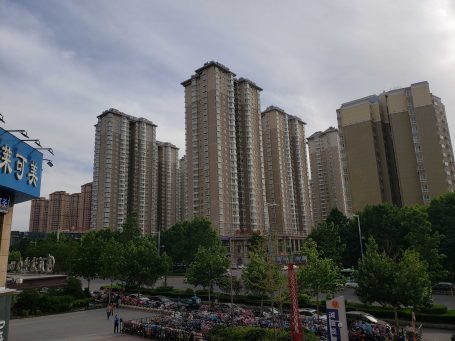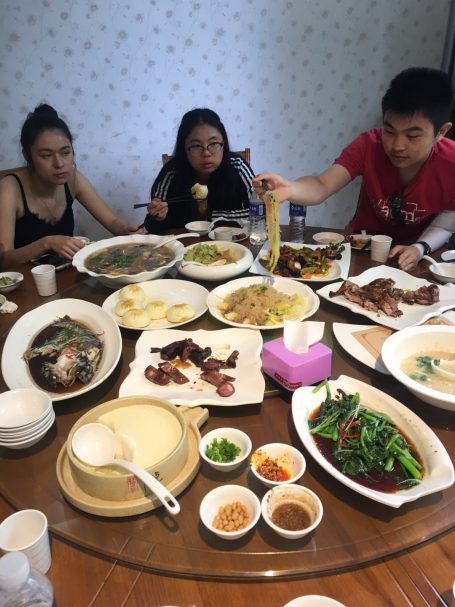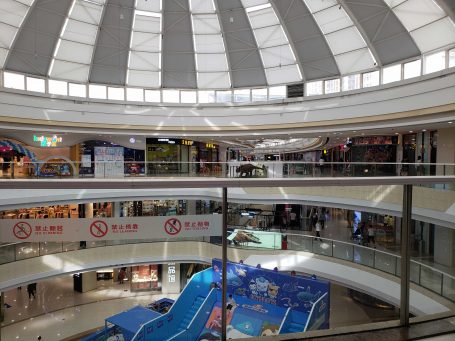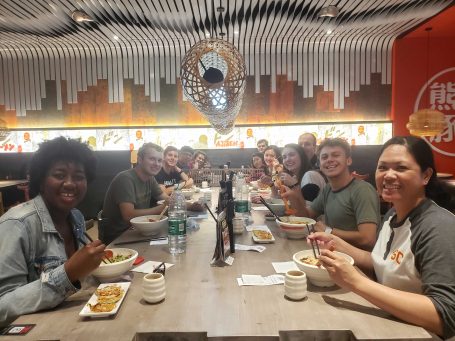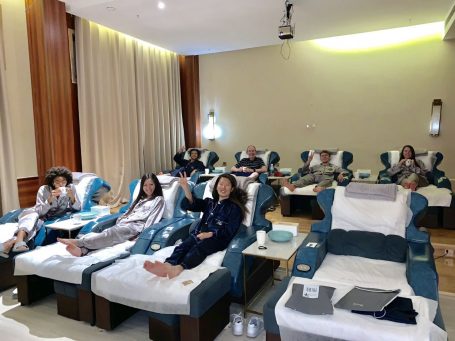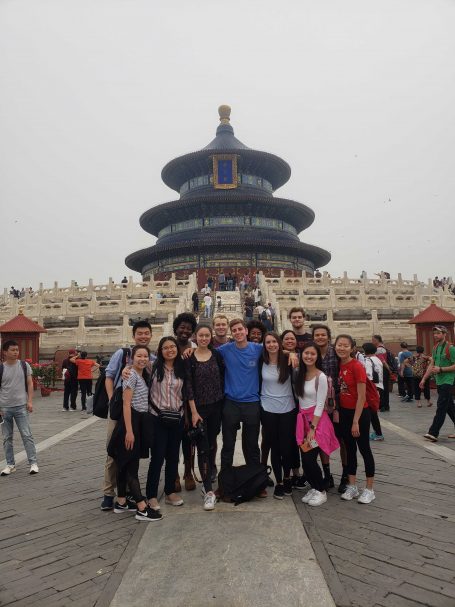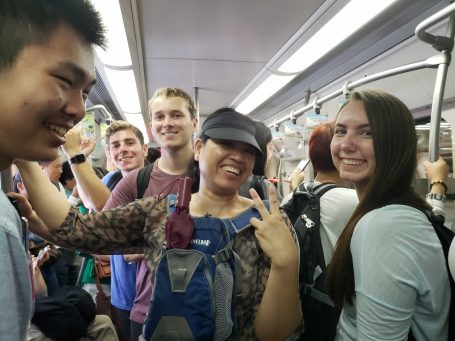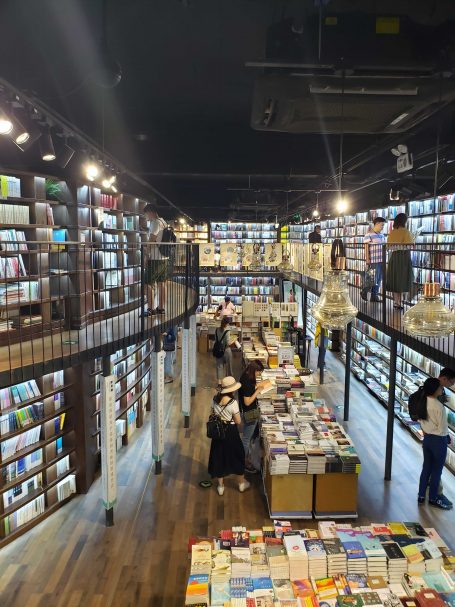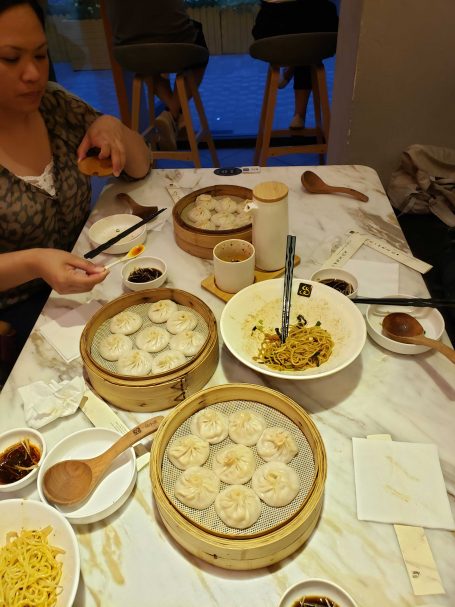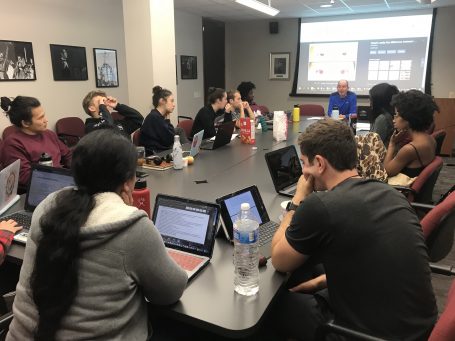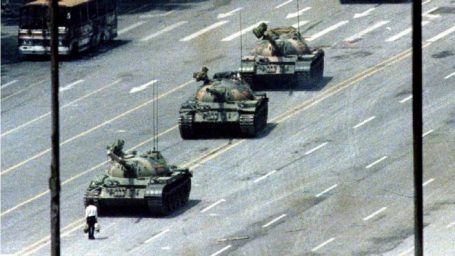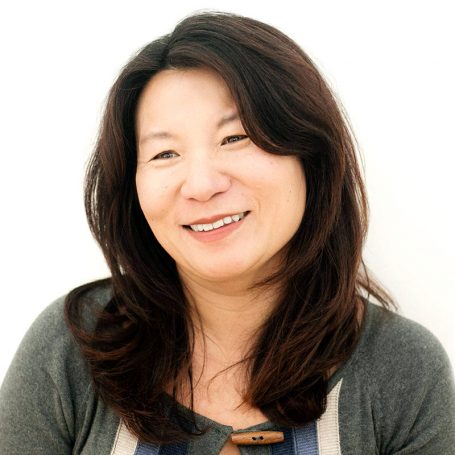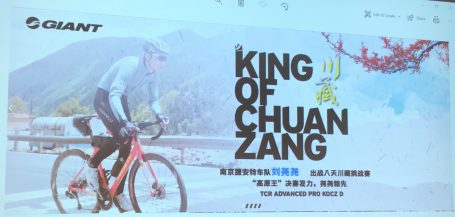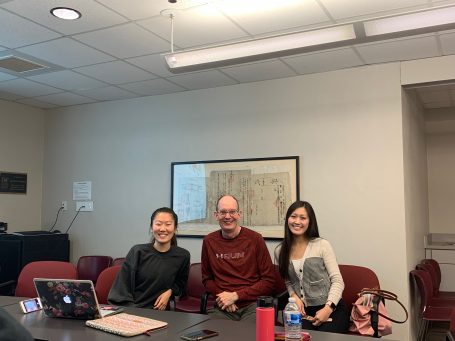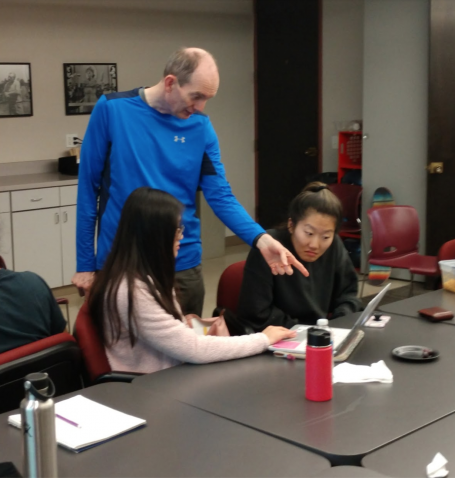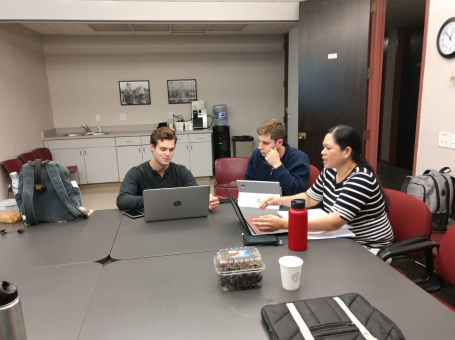Clarence Lai & Michele Torne
Day three in Hebi! What infectious, warm energy coming from the city. Starting off the morning, the early breakfast crew enjoyed breaking bread as the rest of the team trickled down from their slumber thirty minutes later.
After breakfast, a large group of us went down to New Century Plaza and played a large game of “Ninja,” which entertained quite a crowd of Hebi locals.
Meanwhile, Brew Crew went in search of a quiet place to get ready for the afternoon group presentations. At the park, a group of elderly women invited us to watch them perform a well-coordinated dance routine. Afterwards, Teams Pop & Sickle, Tampon, and Yee and Ye storefront crew made their way down to Pedestrian Street and enjoyed the lovely shops lined up along the main road.
Around noon, the entire group had our last official group meal in Hebi. After the scrumptious lunch, each group met up to iron out their presentations for an afternoon class meeting. In this meeting,everyone presented their observations in the first part of the trip and their in-progress thesis statements.
When presentations concluded, we spent the rest of the afternoon and evening exploring the mall nearby our hotel for a change of scenery, recharge with food, and buy snacks to appease our appetites while on the train ride down to Shanghai. The food court in that mall was MARVELOUS. Finally, we ended the day with a multitude of card games like Valeria, Tong, and Kemps – an ultimate bonding experience.

